
IMG_4860 - These fortifications originally spanned the 7 km between the two towns, across the base of the Pelješac peninsula.
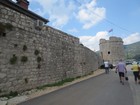
IMG_4861
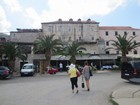
IMG_4862 - At this Bota Sare restaurant in Mali Ston we had a mid-day meal of grilled, fresh fish.
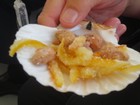
IMG_4864 - One source estimates that around 1,000 tons of mussels and 500,000 oysters are produced annually in this area.
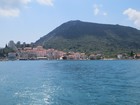
IMG_4865 - Mali Ston has mountains, defensive walls, and towers to protect the precious salt pans behind it.
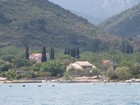
IMG_4866 - These large floats are used by the many oyster farms, both large and small, here off Mali Ston and nearby.
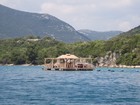
IMG_4869 - The Bota Sare also has a floating bar, where we learned about oyster growing, harvesting, shucking, and eating
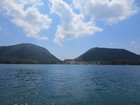
IMG_4870 - Mali Ston. The salt pans behind, in Ston, are said to date from Roman times, and are still active
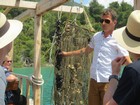
IMG_4871 - Oyster larvae collect and grow in these "sockets" for a year. Then they are cemented to ropes for two more years.
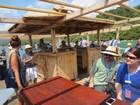
IMG_4872 - Aboard the floating bar.
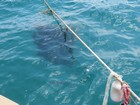
IMG_4877 - Nylon "sockets" and ropes of oysters and mussels are hung into the water from suspension ropes like this.
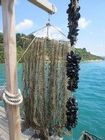
IMG_4878 - The usual species here are European flat oysters, Ostrea edulis, and mussels, Mytilus galloprovinicialis.